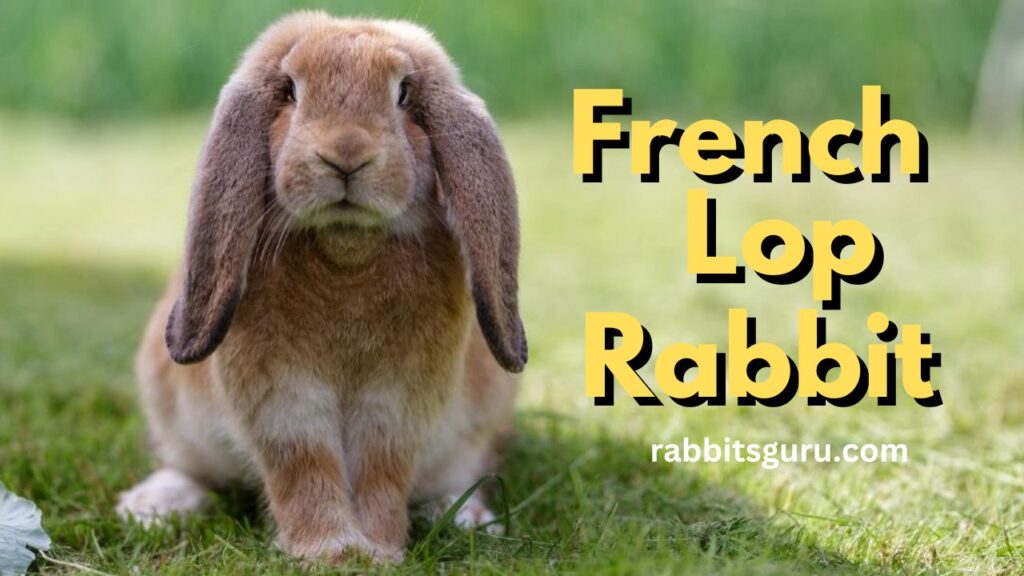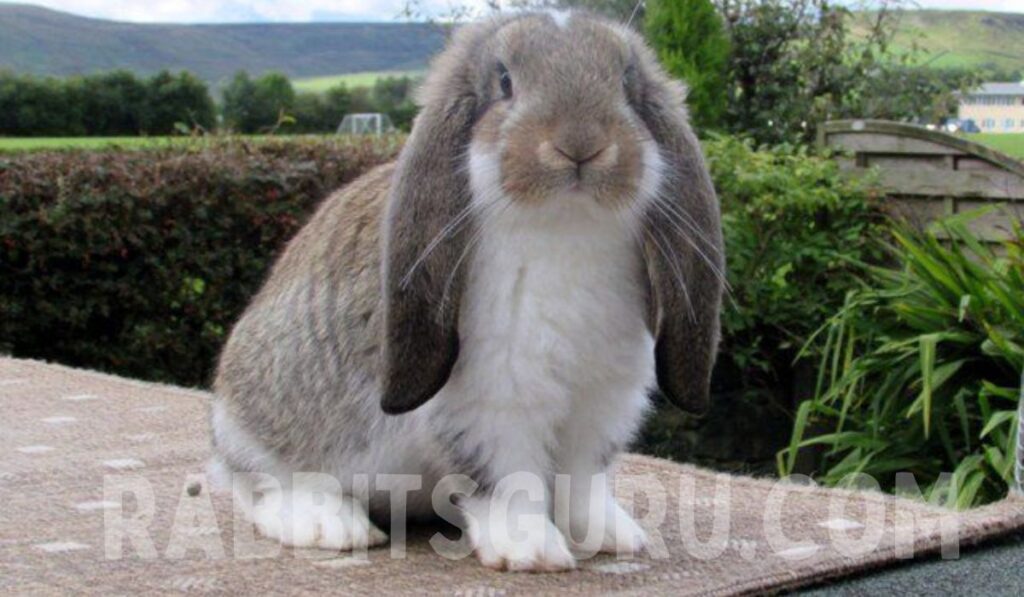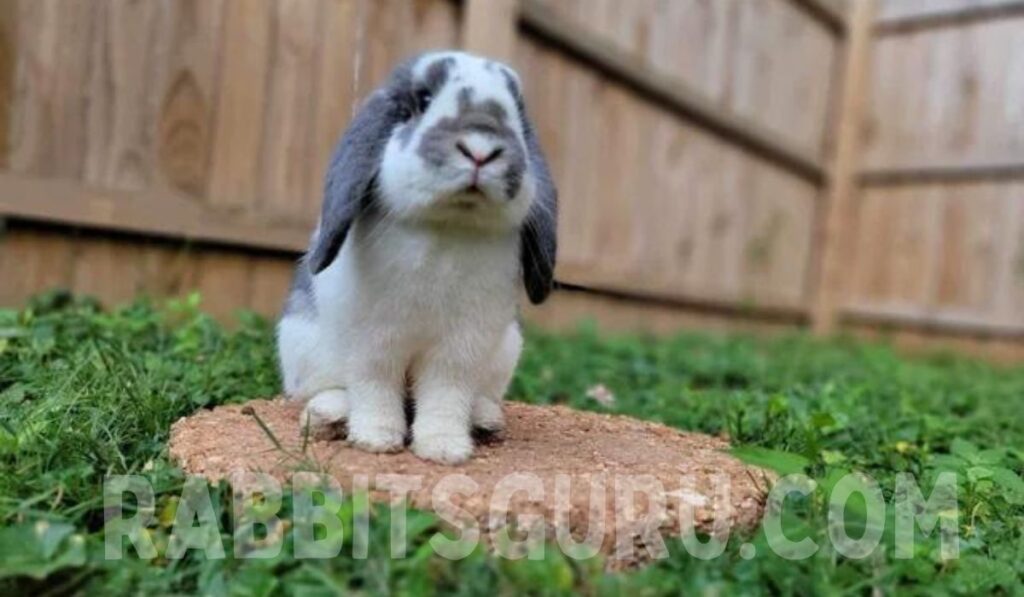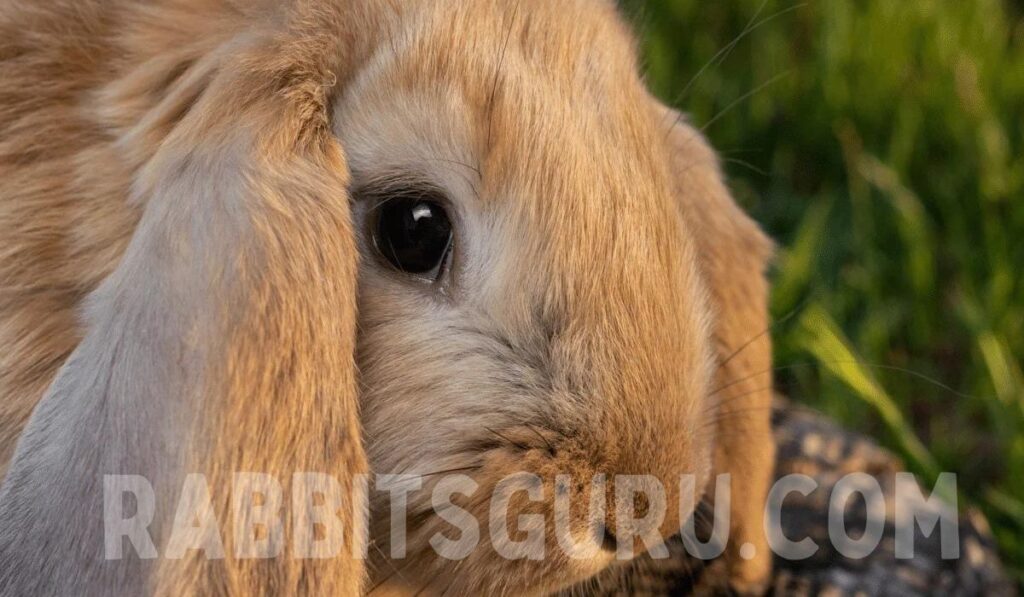French Lop Rabbit: Lifespan, Size, Colour & Height
When they become adults, Frenchies can be rather large than rabbits.They weigh an average of five to six kilos. Their coat is thick and not plush.
Although historically thought of as children’s pets, rabbits are not suitable for small children as they have fragile backs that break easily when dropped and are difficult to pick up, so they are better suited to families with older children who can spend quality time with them and who Their burrows can provide a rich natural habitat that allows them to engage in characteristic activity ideas such as wallowing and running.
It’s important to remember that these 21 are highly gregarious animals that are used to living in large groups with wide habitats in the wild. They need to be rehabilitated whenever possible to become our pets, and having a good companion should be at the top of the list, such as neutered males and neutered females. It is advised to bring rabbits home in pairs.

French lop rabbit Behavior and Temperament

The French Lop Rabbit can make an excellent companion to someone looking for a companion animal other than a cat or guinea pig. The French Lop is an easy-going animal known for being playful and intelligent. They are because they are not aggressive animals and when they feel threatened or frightened they will run away rather than trying to escape.
What does lop rabbit mean in French?
Oryctolagus domesticus, a subspecies of the European rabbit, is a breed of domestic rabbit known as the French lop rabbit.
The French lop was originally bred in France in the 1850s, although it is possible that the breeding occurred between English people and the Flemish giant rabbit, but most likely it was the result of selective breeding between the English lop and the French butterfly rabbit.
What do French lop rabbits eat and drink?
For good health, French lop rabbits need a variety of vegetables and hay, just like other rabbit breeds. Based on your lop’s weight and the amount of rabbit food recommended for that size, you can feed them 1/2 to 3/4 cup of goya seeds or colored pieces, but most of their meals are dark.
Leafy greens and grasses should be included. In addition, you can occasionally treat yourself to non-green fruits and vegetables such as crackers and sugar-free cereal.
French lop rabbit behavior

The large French Lop is known for being calm and loving. They have a pleasant calm disposition and willingness to get along with other animals as well as their owner.
Due to their muscular build they can easily injure individuals with their strong rear legs.If you choose to keep the French look, be careful when handling them and try not to scare them as they can quickly panic and inadvertently hurt themselves or others.
Habitat of the French lop rabbit
French Lopes were first bred in France in the 1850s and were a commercial breed of rabbit raised for their meat until they became popular in the Netherlands and other neighboring countries.
The first French Lopes arrived in the UK around 1933 and were exhibited there. First introduced to the U.S. in the 1970s, French Lopes are one of the most sought-after Lopes breeds today and are popular worldwide.
Due to their size, French Lopes require plenty of space to live and play. Whether kept indoors or outdoors, they do not live well in a cage, so many owners choose to keep their French Lopes outside in hutches due to their size, as they can become more irritable if denied freedom of movement. You often see them roaming around living room yards and gardens.
French Lop Rabbit Diet

Like all rabbits, French Lopes are herbivores. Grass makes up the majority of their diet, so give them new grass of their choice. In addition to grass, French Lopes can eat limited amounts of fresh fruits and vegetables. Leafy greens are a good alternative to high-sugar foods like carrots and apples. A small amount of pellet food should not exceed 10% of a French lop’s diet.
Shape and form:
Usually in the ten to fifteen pound range, French lops are one of the largest types of domestic rabbits. Their long, floppy ears that can stretch up to eight inches below their jaws set them apart. Dots are velvety and easy to hold whether they are broken or solid.
Nature:
The French lop is known for its calm and docile nature despite its large height. They form strong bonds with their human companions over long distances and frequently request affection and attention.
These gentle giants are great for families as well as couples and singles as they are social animals and can enjoy a variety of activities. Adaptable to life situations through proper socialization they are able to get along with children and other animals.
Health considerations:
Although French lops are generally healthy, they are prone to some frequent health problems. And taking precautions can help reduce risk and ensure your pet lives a long and healthy life.
Lifespan:
French lop rabbits typically live five to seven years, although they can live longer with proper care, and with time and research to meet their mental and physical needs, their longevity and general well-being can be greatly increased.
Nutritional requirements:
French lop rabbits need a balanced diet to stay healthy and energetic. High quality hay is the main thing they should eat as it helps with digestion and oral health. Their diet can be ensured by adding fresh vegetables to rabbit pellets and occasional portions of nutrients. Staying hybrid is important. So make sure you always have fresh water available in a clean container.
French Lop Rabbit Health Problems
This includes that the French Lop may be more prone to certain medical conditions than other breeds.
Ear Mites: Ear mites are a common pest for cats that should be treated by your veterinarian. Other mite symptoms include dirty ears and lightheadedness.
GI Stasis: If your rabbit’s digestive system is in GI stasis, either stopped or slowed down, dehydration or end-stage disease may be the cause. If GI stasis is not treated, it can lead to death from egg blockages. .
Malocclusion: When a rabbit smiles Malocclusion is when their teeth are not in the right position Rabbit teeth never stop growing and to maintain this growth the rabbit needs to eat If their teeth are not in the right position they can overgrow Regular dental checkup Features For more information you should feed your rabbit milk will be.
Woolblock: Rabbits like cats can lick themselves to clean and comb their hair and like mine this can lead to fur balls in the digestive tract Rabbits like cats can develop a complete formation of these fur balls which can cause a blockage in the digestive tract that requires surgery to clear.
Obesity: Since French lop rabbits are prone to weight gain, make sure your pet is eating a balanced diet in a balanced diet every day.
FAQs
Q1. Is the French Lop rabbit a suitable companion for children?
Ans: Indeed french lop rabbits are strong and calm making them excellent pets for children.
Q2. What is the price of French lop rabbit?
Ans: The French lop is slightly more expensive than other types of rabbits, although the average price for a French lop should be around $50.
Q3. Is French lop rabbit difficult to care for?
Ans: French lop rabbits require the same care as regular rabbits, although it is not difficult to care for your ears.
Also Read: Continental Giant Rabbit: Size, Colour, lifespan, Weight
